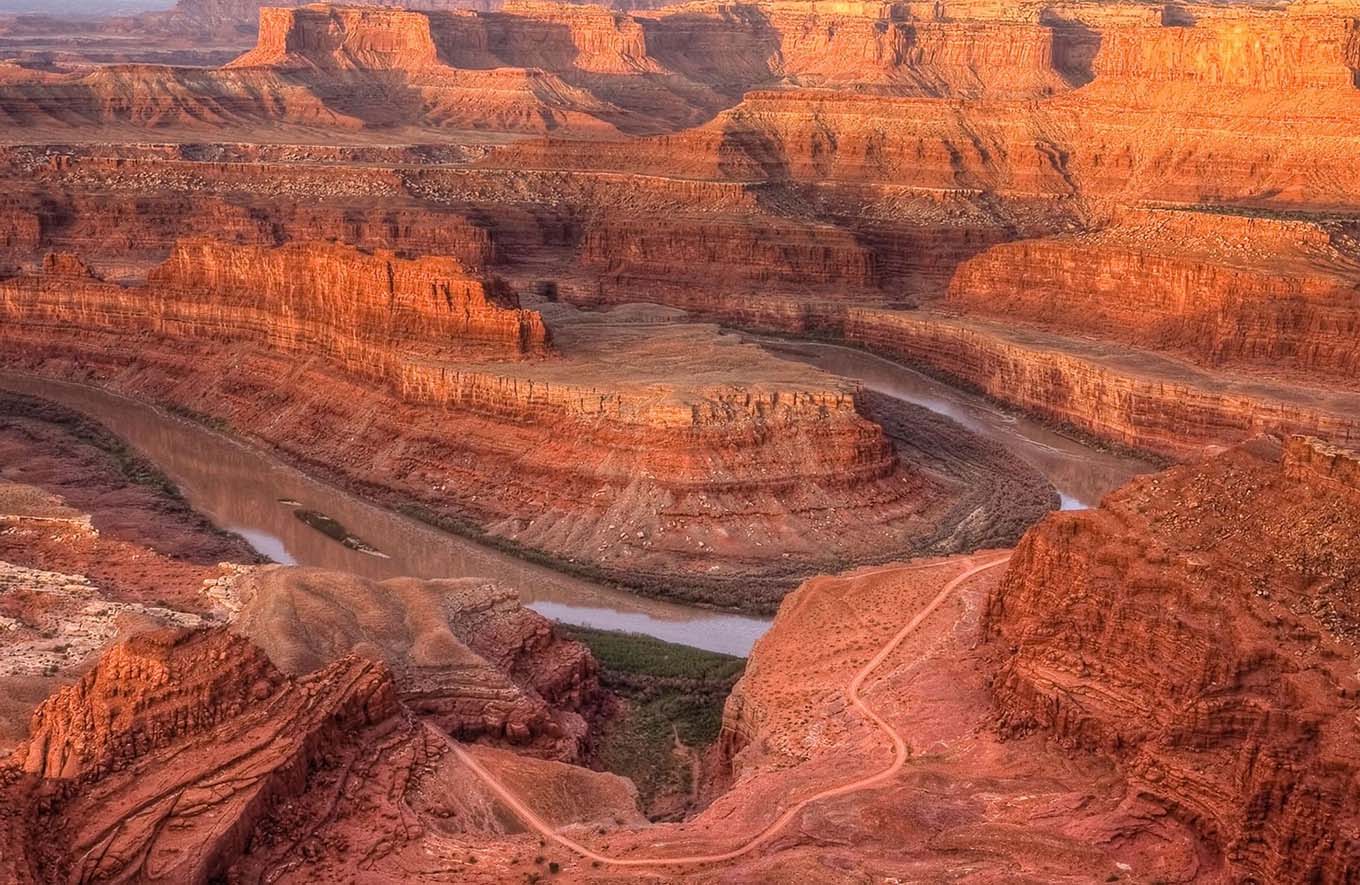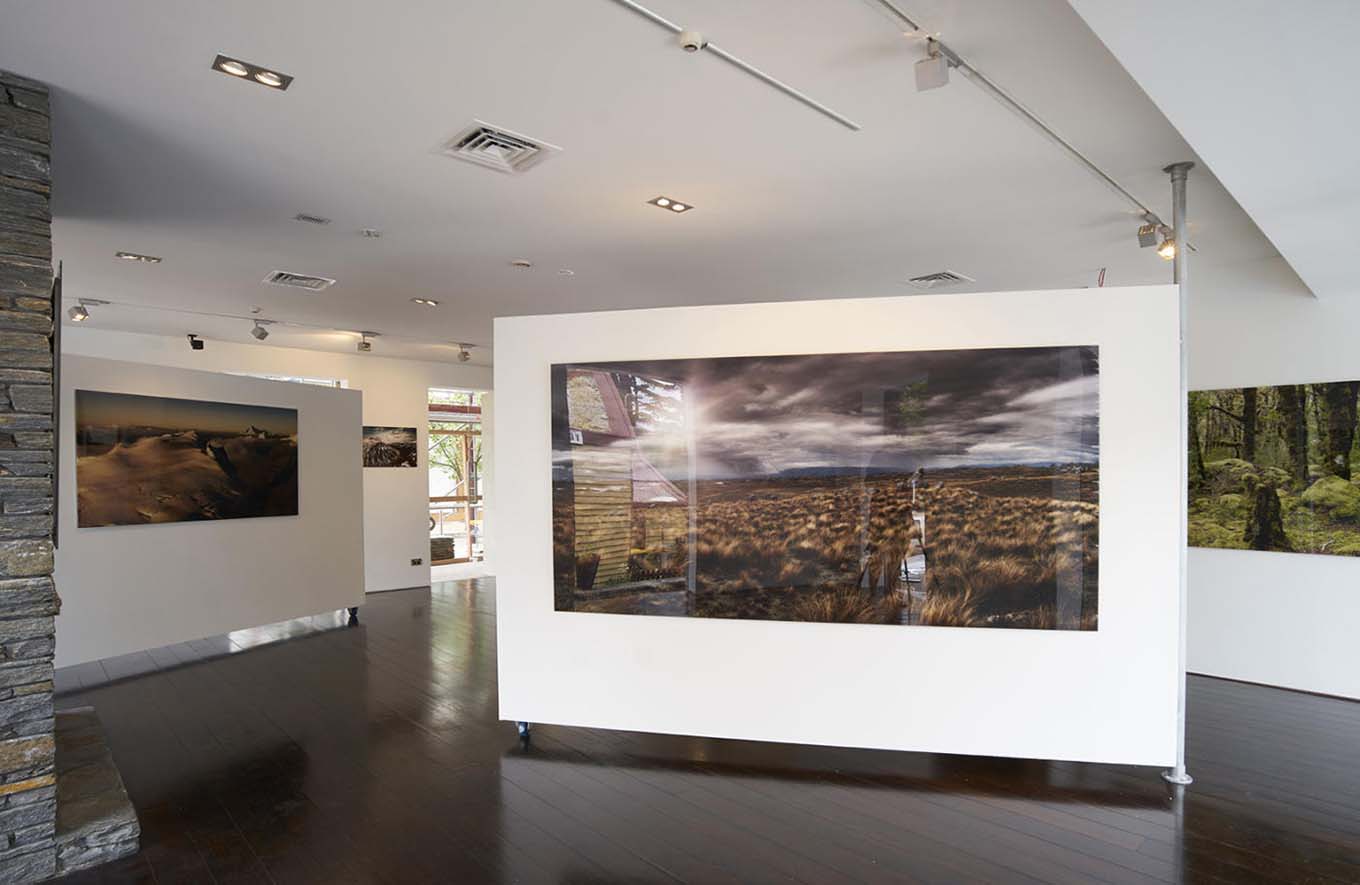Embarking on a journey into the heart of Utah’s red rock country is akin to stepping into a surreal dreamscape where nature herself has crafted an otherworldly masterpiece. My recent trip to Moab was filled with awe, exploration, and a deep connection with the ancient landscape. Allow me to guide you through the enchanting wonders of Moab, weaving tales of sun-kissed arches, towering canyons, and panoramic vistas that echo with the whispers of time.
Arches National Park: Nature’s Symphony in Stone
Arches National Park stands as a testament to the creative forces of wind, water, and time. The iconic Delicate Arch, a symbol of Utah’s vast landscapes, unveiled itself in the soft glow of dawn, a majestic silhouette against the waking desert. My journey through this geological wonderland began with a sense of reverence, heightened by the knowledge that each arch has a story etched in the red sandstone.
The park’s entrance fee, priced at $30, felt like an investment in a living gallery of natural sculptures. Planning a visit during the golden hours allows you to witness the arches bathed in warm hues, a spectacle that transcends ordinary perceptions of beauty. The ethereal glow at sunset transforms the landscape, turning the fiery red rocks into a canvas of dreams.
Canyonlands National Park: A Canvas of Canyons and Stars
Canyonlands, a sprawling masterpiece of canyons sculpted by the Colorado River, invited me to explore its labyrinthine trails. Mesa Arch, a celestial portal, offered a sunrise experience that transcended the mundane. The $30 entrance fee granted passage to an amphitheater of cosmic proportions, where the Milky Way unfolded like a celestial tapestry at night.
Navigating the park’s vast expanse requires careful planning. The park is divided into districts, and Island in the Sky is a must-visit for its panoramic views. Whether it’s capturing the play of light on canyon walls or stargazing under the vast desert sky, Canyonlands is a sanctuary for those seeking the sublime.
Dead Horse Point State Park: Overlooking the Abyss
A short drive from Moab led me to the breathtaking vistas of Dead Horse Point State Park. The $20 entrance fee was a modest sum for access to an overlook that commands views of the Colorado River winding through the deep canyons. As the sun dipped below the horizon, the landscape transformed into a palette of colors that seemed to defy the laws of nature.
Standing on the edge, I marveled at the layers of rock formations, each telling a geological story that spanned millions of years. Dead Horse Point is not just a viewpoint; it’s a meditation on the passage of time and the enduring beauty of the Earth.
Off-Road Adventures: Exploring Moab’s Backcountry

Beyond the well-trodden paths, Moab’s backcountry offers a realm of solitude and untamed beauty. Fisher Towers, with its towering red spires, was a revelation—a testament to the raw power of nature. While my journey involved in-depth research rather than personal experience, guided tours priced at around $150 per person provide insights into the region’s geological history and access to remote corners of the desert.
The Moab Museum of Film and Western Heritage
The Moab Film and Western Heritage Museum is an ode to the film stories set against the backdrop of Moab’s red rock landscape. Nestled within a rustic building, this museum encapsulates the rich history of Moab’s role in Hollywood productions.
Wandering through the exhibits, I encountered memorabilia from classic films such as “Thelma & Louise” and “Indiana Jones and the Last Crusade,” both of which were filmed in the iconic Arches National Park. The museum’s highlight was a guided tour that led me through the intricate details of Moab’s cinematic legacy. The $10 admission fee felt like a ticket to a time-traveling adventure, reliving moments immortalized on the silver screen.
Edge of the Cedars State Park Museum
Exploring further into Moab’s cultural treasure trove, I came to the edge of the Cedar State Park Museum—an archaeological wonder that preserves the heritage of the Pueblo’s ancestors. The museum, priced at $7 for entry, houses an extensive collection of artifacts and pottery, providing a tangible link to the region’s ancient inhabitants.
My exploration led me through meticulously curated displays, showcasing pottery adorned with intricate designs, tools that once shaped daily life, and ceremonial artifacts that whispered tales of spiritual rituals. The outdoor trail around the museum guided me to the preserved ruins of a Puebloan village, allowing me to step back in time and envision the vibrant community that once thrived in these arid lands.
The Red Cliffs Lodge: A Cultural Oasis
Nestled along the Colorado River, the Red Cliffs Lodge stands not only as a testament to Moab’s cinematic allure but also as a cultural oasis. The lodge, adorned with Western-themed artworks and sculptures, is a living canvas that encapsulates the spirit of the region.
I embarked on a personalized art tour within the lodge, admiring works that celebrated the vivid hues of Moab’s landscapes and paid homage to the nomadic tribes that once roamed these lands. The $5 fee for the art tour felt like a meager contribution to the preservation of local artistry.
Unveiling Ancient Glyphs: The Moab Rock Art Center
Embarking on a quest to decipher the ancient tales etched on Moab’s rocks, my journey led me to the Moab Rock Art Center—an archaeological gem that preserves the petroglyphs and pictographs of the ancestral peoples who once called this region home.
I opted for a guided tour, delving into the intricate world of rock art. The knowledgeable guide deciphered the symbolism behind each glyph, revealing stories of hunting rituals, spiritual practices, and daily life. The $8 entrance fee felt like a passport to an ancient gallery, where the red rocks served as canvases for the vivid expressions of the past.
Wandering through the outdoor exhibits, I traced the evolution of rock art styles, from Barrier Canyon figures to Ute tribal symbols. The self-guided nature trail allowed me to immerse myself in the profound silence of the desert, contemplating the significance of each artistic stroke against the backdrop of towering sandstone cliffs.
The Heritage of Moab’s Spanish Valley: The Redd Ranch
In the heart of Moab’s Spanish Valley lies the Redd Ranch, a testament to the enduring legacy of one of the region’s pioneering families. This cultural enclave offers a glimpse into the agricultural history and homesteading traditions that shaped the landscape.
Entering the ranch, I embarked on a journey through time, exploring preserved homestead cabins, vintage farming equipment, and orchards that spoke of the Redd family’s resilience. The $5 entry fee felt like a token of appreciation for the dedication to preserving Moab’s agrarian heritage.
A guided tour introduced me to the daily lives of the early settlers, sharing anecdotes of triumphs and tribulations. Strolling through the orchards, I plucked ripe fruits, savoring the sweetness of Moab’s agricultural roots. The Redd Ranch wasn’t just a historical site; it was a living tribute to the perseverance of those who tamed the desert.
The John Wesley Powell River History Museum: Navigating River Tales
As the Colorado River winds through the canyons, so does the history of river exploration unfold at the John Wesley Powell River History Museum. Named after the famed explorer, this museum chronicles the daring expeditions that navigated the treacherous waters of the Colorado.
Stepping into the museum, I found myself captivated by the tales of John Wesley Powell and his crew, who embarked on the first documented expedition through the Grand Canyon. The $9 admission fee felt like an investment in understanding the river’s role in shaping Moab’s destiny.
The interactive exhibits allowed me to virtually raft through the turbulent rapids, experiencing the thrill and peril of Powell’s pioneering journey. Detailed models showcased the evolution of river exploration, from wooden boats to modern rafts. The museum wasn’t just a repository of artifacts; it was a celebration of the indomitable human spirit against the backdrop of the majestic Colorado River.
Practical Tips for the Intrepid Explorer
- Pass Optimization: Consider the Southeast Utah Group Annual Pass at $55 for unlimited access to Arches and Canyonlands National Parks and Dead Horse Point State Park.
- Timing is Everything: Plan your visits during sunrise and sunset for a magical play of light and shadows. The enchantment of these landscapes is heightened during the golden hours.
- Guide: Many cultural attractions offer guided tours that can provide in-depth insights. Also, for a deeper understanding of Moab’s backcountry, a tour guide is invaluable.Book in advance to secure a spot on these adventures into the heart of the desert.
- Photography Etiquette: When exploring cultural sites, respect any photography restrictions. Some artifacts may be sensitive to light exposure.
- Interactive Exhibits: Engage with interactive exhibits whenever possible. Museums like Edge of the Cedars often offer hands-on experiences that enhance the learning journey.
Moab, a tapestry of sandstone and sky, invites intrepid souls to unravel its mysteries. As you stand under towering arches, gaze deep into canyons, and traverse cross-country trails, remember that Moab is more than a destination, it’s an encounter with the sublime. With each step, you become part of a narrative written in stone—a story that transcends time and leaves an indelible mark on the canvas of your soul.



